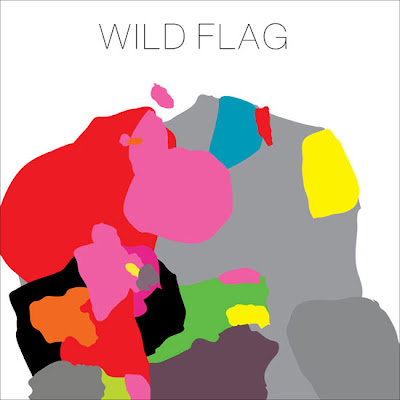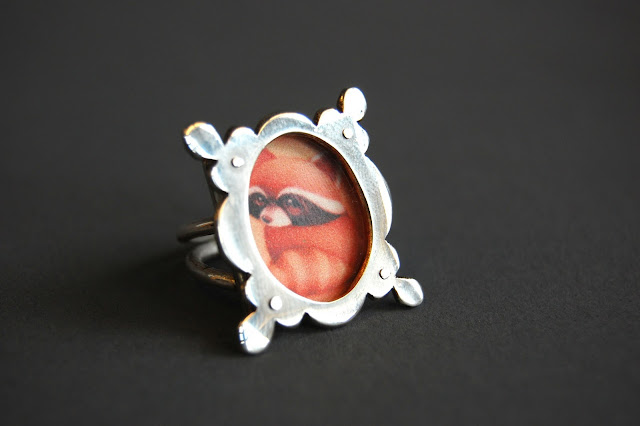Last week we discussed how important filing your shapes is, and today we are going to cover some important info about the surface of your shapes. Just like filing the edges of your shapes, we MUST deal with the surface as well.
There are many different ways to deal with the surface of your metal. Some folks love a slick, shiny high polished look, which IS achievable at home. Some folks love a funky textural surface. Some love a antiqued, patinated surface. All of this can be done at home. Lets start with texture...
Tools needed for texturing:
steel bench block
heavy steel hammer (like the normal kind you have around the house)
steel stamps (letters and designs)
chasing hammer
any other texturing hammers or hammers with different shaped heads
patina called Liver of Sulphur
Copper sheet 20 gauge
steel tweezers or rubber tipped tweezers
steel wool
Creating textures in metal is easy and really fun. I would recommend using copper in 20 gauge, but any gauge is fine to use. We have a variety of cool design stamps that include identifiable imagery such as stars, leafs, cherry's, hearts and flowers. There are also tons of decorative stamps with more abstract non representational shapes and symbols. Rio has lots, but I actually find more stamps at Otto Frei. They have a website and catalog, and a killer stamp inventory.
http://www.ottofrei.com/
In addition to cool decorative stamps, there are also letter and number stamps. In the Rio catalog there are a variety of different stamp sizes and fonts (page 134). Most jewelry stamps are pretty small usually around a 1/4 inch. For letters and numbers you can get bigger stamps from more industrial suppliers like Enco. I have 1/2 inch letter stamps, I can't remember exactly where I bought them, but you can google search under 'steel letter stamps'.
 |
| Stamps in different sizes and designs. |
In order to get a deep impression with the stamps, we need to always stamp with our metal on a steel bench block. (Rio page 111) With stamping it is best to hit the stamp once with a strong blow, but that may be difficult at first so if you can't get one strong blow, hit multiple times but be really careful that your stamp doesn't slip or move. You can use your everyday hammer for this.
 |
| Student work. Notice how she used numbers as a textural design element. |
 |
| Student work. Notice the hammered texture in the door and bars. |
With your planishing hammer or other texturing hammers, experiment and see what kinds of marks they make. Try filling in a 3 by 3 piece of copper with a variety of marks. The small round side of the planishing hammer is especially nice and will give you a really cool texture reminiscent of the look of Mexican silver jewelry. For those of you who already use wire in your jewelry, you can definitely texture your wire, in fact I highly recommend you do, it will give your pieces a much more sculptural feel.
 |
| Creating a variety of textures on copper using stamps and hammers. |
Note: never use your planishing hammer or texturing hammers to hit your steel stamps. Never hit these hammers onto steel, only onto your jewelry metals!
 |
| Heavy hammer for stamping, planishing hammer for texture, plastic mallet to flatten metal if it starts to curve, and a steel bench block. |
You will notice in the pictures that I am experimenting using metal that has been cut into small squares and rectangles. Typically copper, nickel and brass come in sheets that are 12 by 6 inches. As you build up your home studio you may want to consider a table top shear to cut your metal with. They are kinda pricey, the cheapest one from Rio is $400.
The link below is the one I have at home, and it is pretty good for copper, the other metals are harder and I don't think this thing is heavy duty enough to handle nickel and brass. The shears from jewelry suppliers such as Rio and Otto Frei are much heavier duty, they are really great, but as I mentioned, they are an investment.
http://www.aes-group.com.au/product_info.php?products_id=208
You don't necessarily need to be cutting out these squares and rectangles, you can just texture directly onto the shapes you have cut with the jewelers saw. Sometimes I like to do my texturing first and then cut out my shape and that is why having a shear is nice. If you don't want to spend a lot of dough at this point on a shear, you can use your jewelers saw to cut up your larger sheet of metal, or you can try a handheld shear, like a scissory shear. I have not used one, but I have looked them up in the Rio catalog and there are a few. You want one that will cut thicker metals so remember,
16 gauge is thicker than 20 gauge.
Patina:
All metals tarnish, it's kinda inevitable. Copper tarnishes the most and a really pretty clean surface can become pretty yucky, dirty and dull over night. Fear not, that is what we have Liver of Sulfur for! L of S is a stinky yellow liquid that we submerge our metal into. Yes it smells bad. L of S comes in 3 different forms: liquid, gel, and rock. The liquid form is the most expensive, I don't use it. I use the rock form and the gel form. I would suggest the gel form. (page 465)
How to use liver of Sulfur:
Jax Black. (google search this product).
-For L of S gel or rocks, add a small amount to warm water in a plastic container. It is a very small amount, when disintegrated the liquid should be very dark yellow. If it is almost back it is way too strong so pour some out and add more water.
-Dip or drop your piece into the liquid. Steel tweezers or rubber tipped tweezers are best for dipping and removing the work.
-Take your piece out BEFORE it turns black. It should be a dark steely gray. If you leave it in too long, it will chip off.
-Rinse, and use steel wool to rub off the surface of the patina. The idea is that the patina will stay dark in the textured shapes, and lighter on the surface where it's been rubbed off. Feel free to experiment with the amount you rub off.
-You can always drop it back in if you take off too much.
-Liver of Sulfur is kinda toxic. You should probably wear latex gloves if you think you will be touching it. It will in no way hurt your skin but I think over time it may be absorb into your skin. There are many pretty yucky chemicals in jewelry making, and I don't think this is one of the worst however, so don't let this scare you away from it.
 |
| Don't go any darker than this, it will start to chip off! |
 |
| I used steel wool and soapy water to buff some of the patina off. |
Copper is beautiful when it's patinated. And it really helps it to maintain the finish of the piece, rather than it getting tarnished over time. It will also give lots of depth to your pieces. Same goes for silver, but STERLIING SILVER only, fine silver will not patina because it's the copper content of sterling that is reacting to the patina.
Next week we will go over non textural finishing techniques, including sanding, and I will also discuss polishing in case you would like to make a bigger financial investment and get a polishing machine.
Until then!!
 |
| Student work. An incredible example of textured and Liver of Sulfured copper. |



















